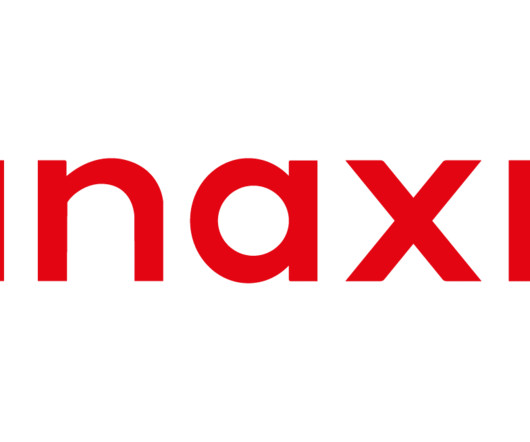Port of Baltimore Bridge Collapse Update
Supply Chain Matters
APRIL 11, 2024
It has been just over two weeks since a container ship lost power and crashed into a support pylon of Baltimore, Maryland’s Francis Scott Key Bridge in the early morning hours of March 26. miles to partially collapse into the Patapsco River , blocking the main shipping channel that leads to the Port of Baltimore.
















Let's personalize your content